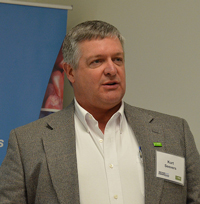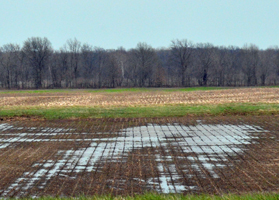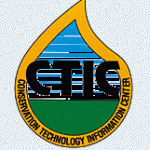 Precision Ag Special Reports’ sister magazine CropLife, in cooperation with the Center for Food and Agricultural Business and Department of Agronomy at Purdue University with financial support from Trimble, have partnered to complete the 16th Precision Agricultural Survey. Sent to 2,500 agricultural retailers across the U.S., the survey looked at the use of precision technology and services at the retail level.
Precision Ag Special Reports’ sister magazine CropLife, in cooperation with the Center for Food and Agricultural Business and Department of Agronomy at Purdue University with financial support from Trimble, have partnered to complete the 16th Precision Agricultural Survey. Sent to 2,500 agricultural retailers across the U.S., the survey looked at the use of precision technology and services at the retail level.
While the majority of the survey’s results will be presented in the June 2013 issue of CropLife magazine, recently completed analysis provides insights into how the technologies are being perceived. Survey respondents (ag retailers) were asked to categorize different precision technologies by how they perceive the anticipated future of these products.
According to survey results, as new technologies emerge, such as the variable-rate seeding and chlorophyll sensors, the impact will be different than for more mature technologies. These technologies are new and used by few, so growers are more likely to have questions and potential concerns with applicators and retailers using them. For example, promoting nitrogen application with a chlorophyll sensor might create confusion about what the sensor is and how the technology works. Retailers will have to think critically about which technologies they decide to adopt and how they decide to promote them.










